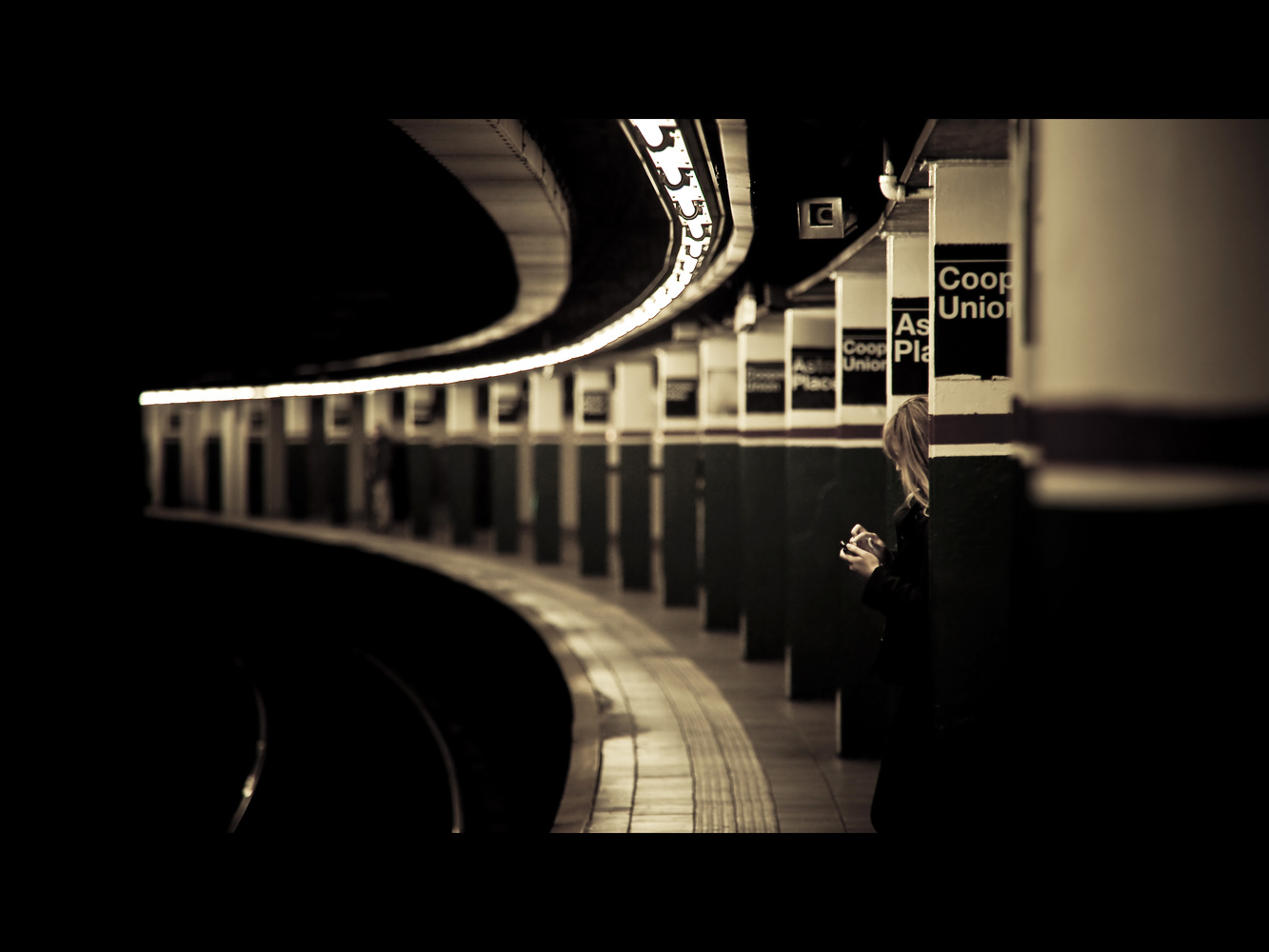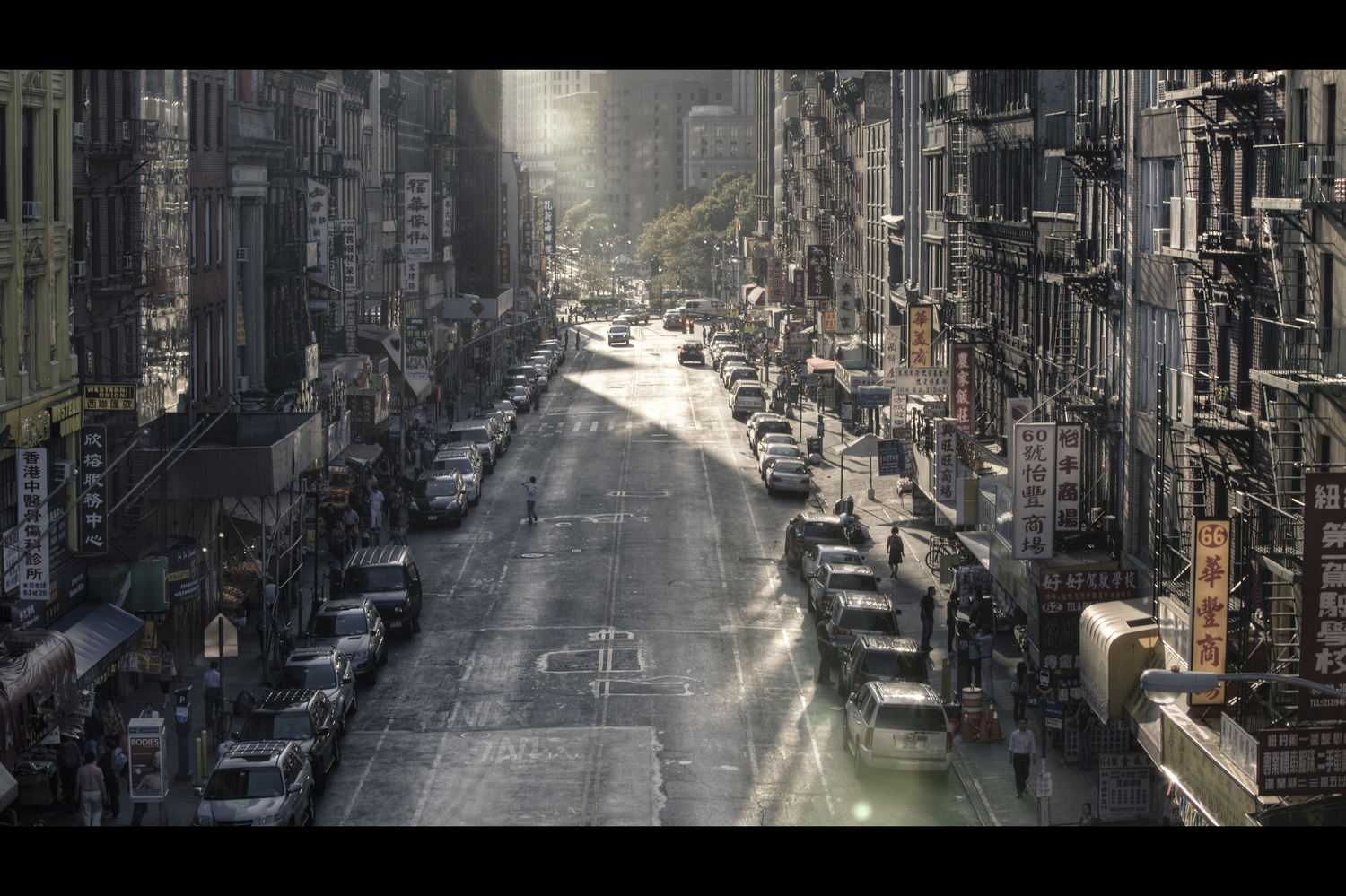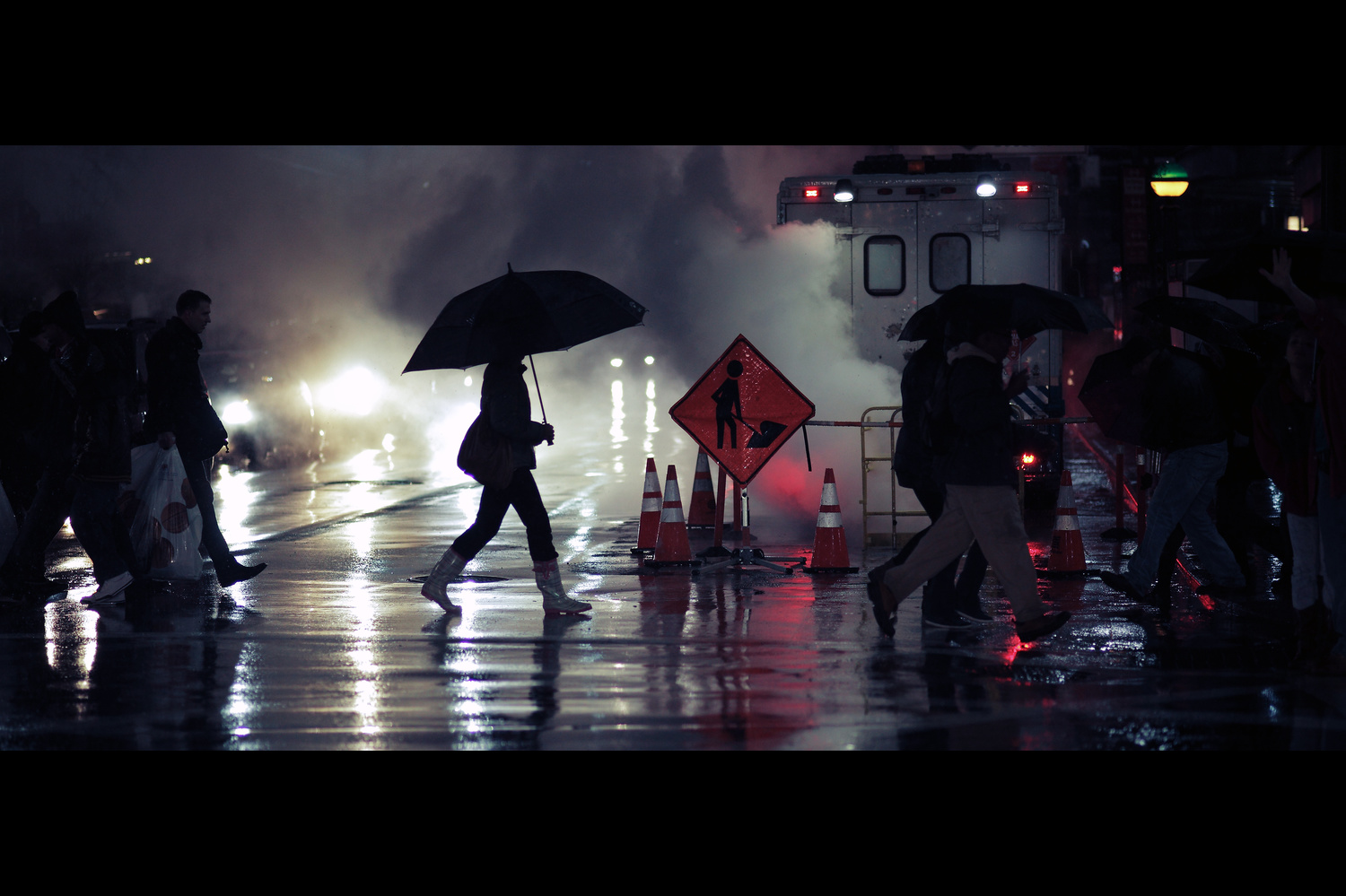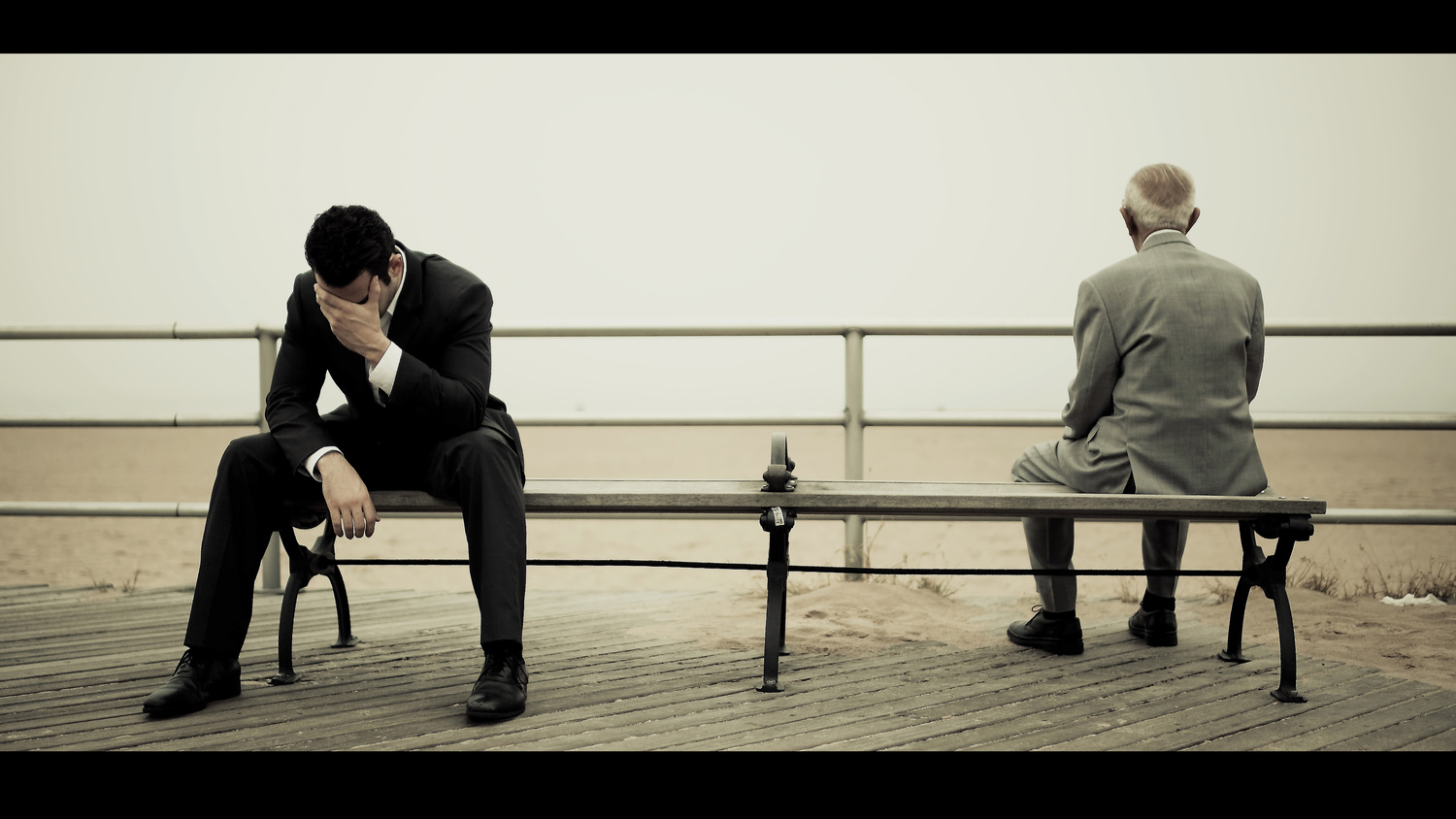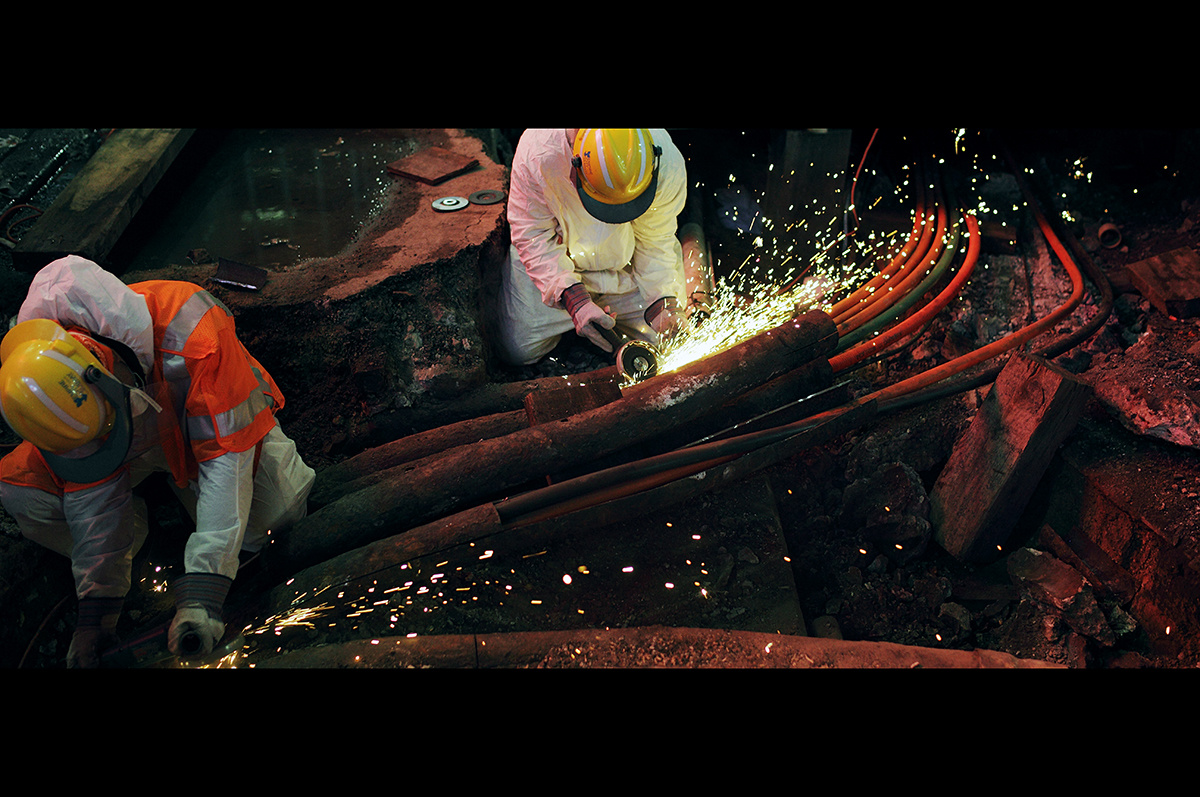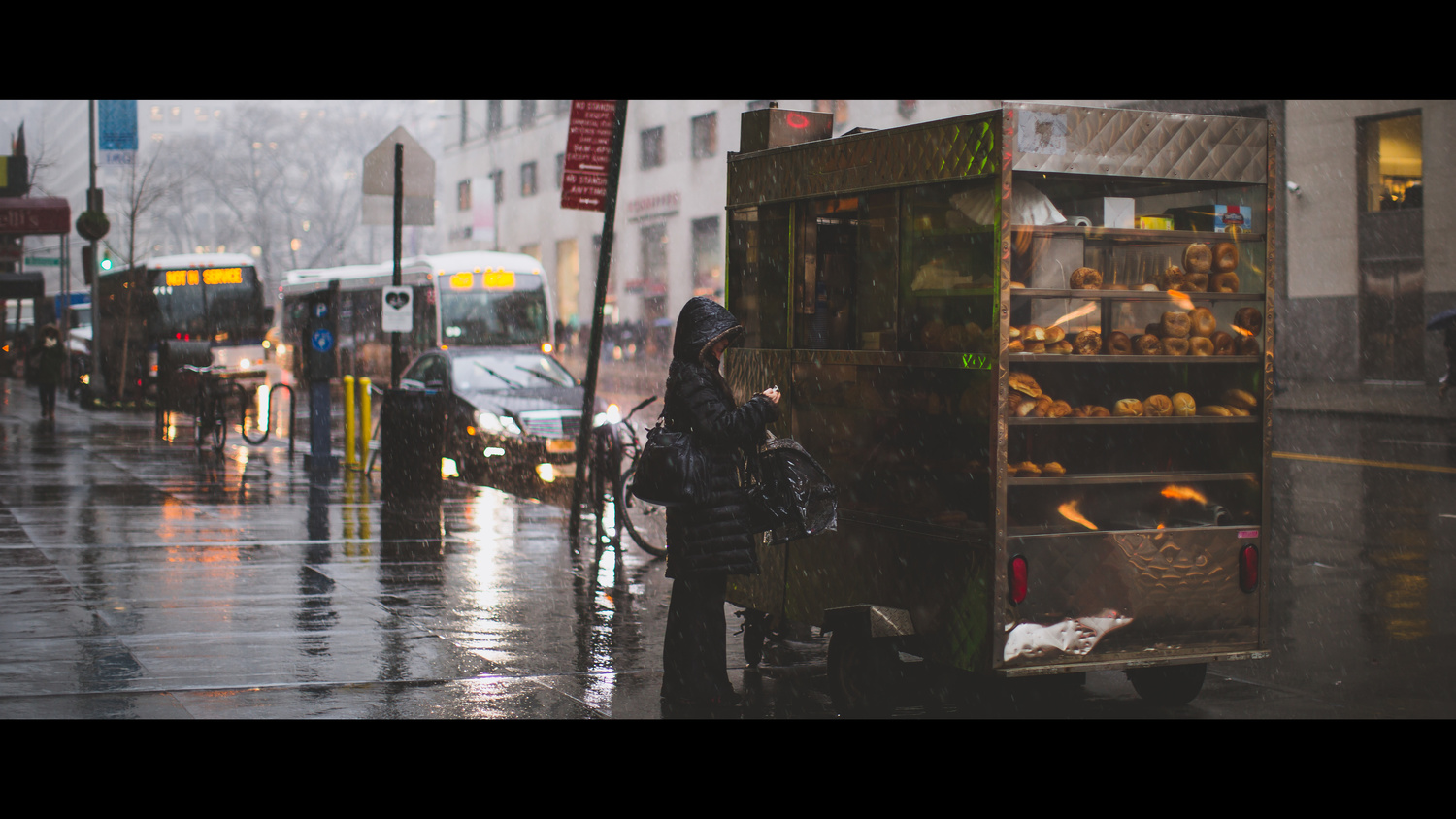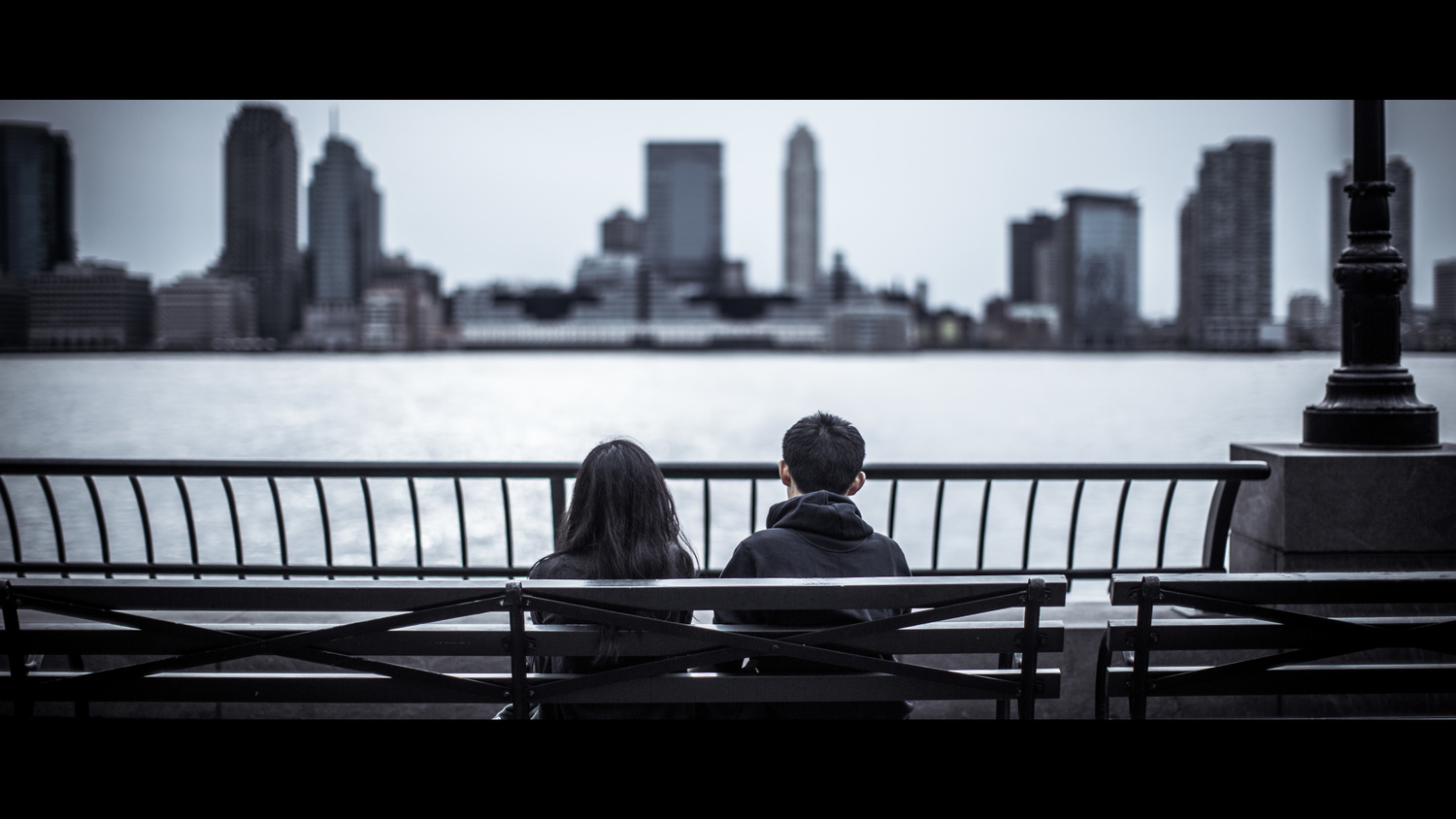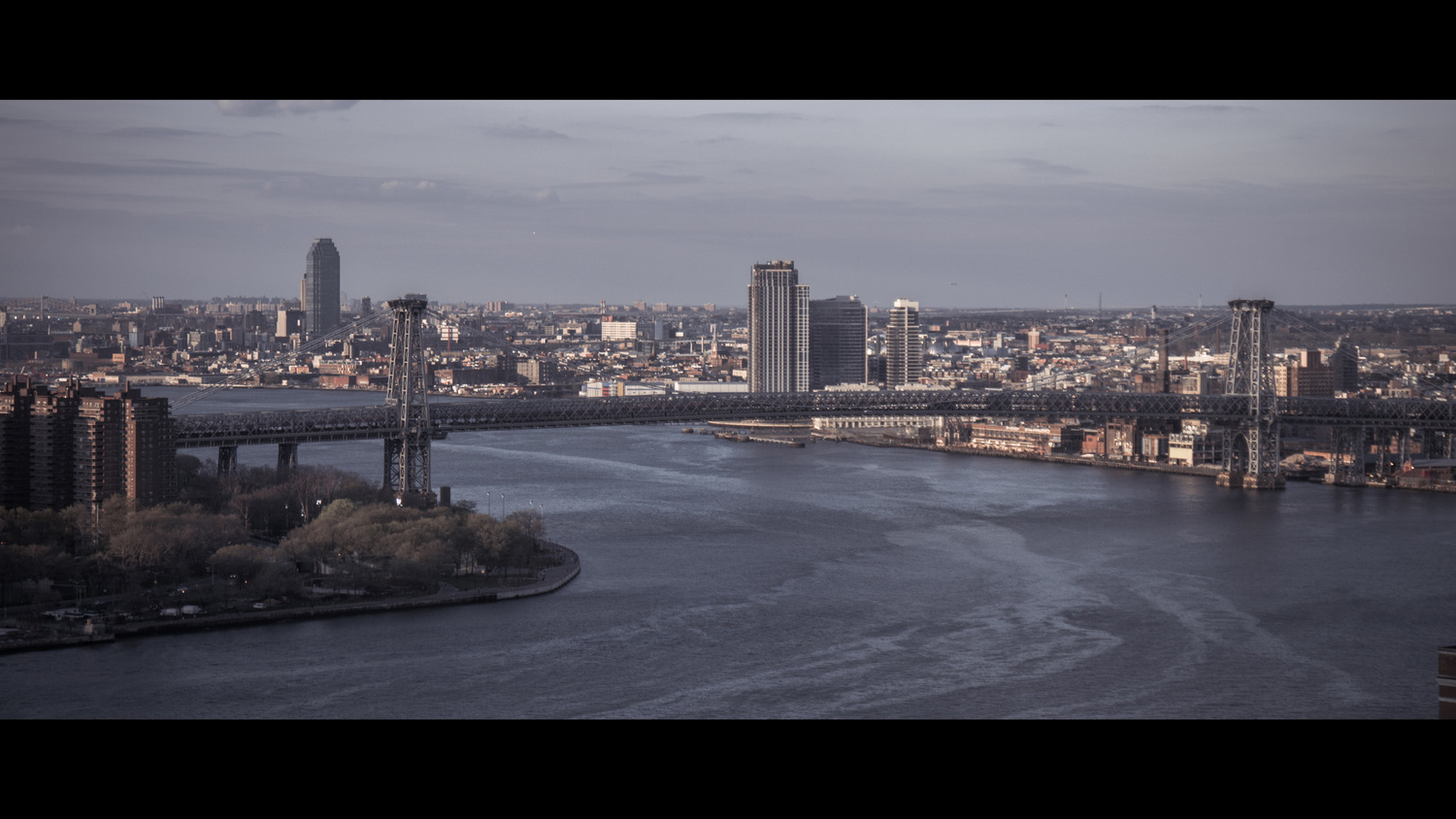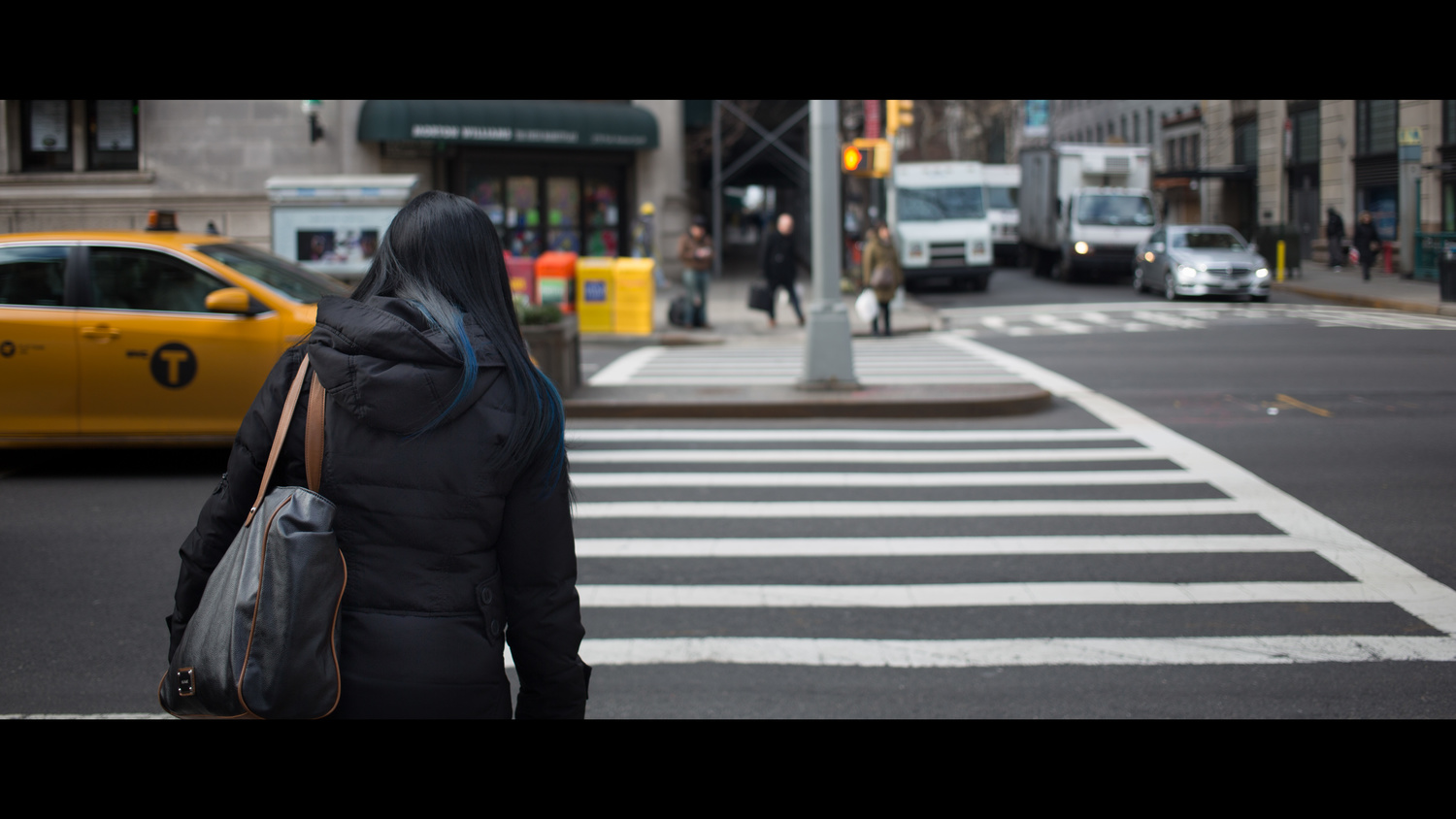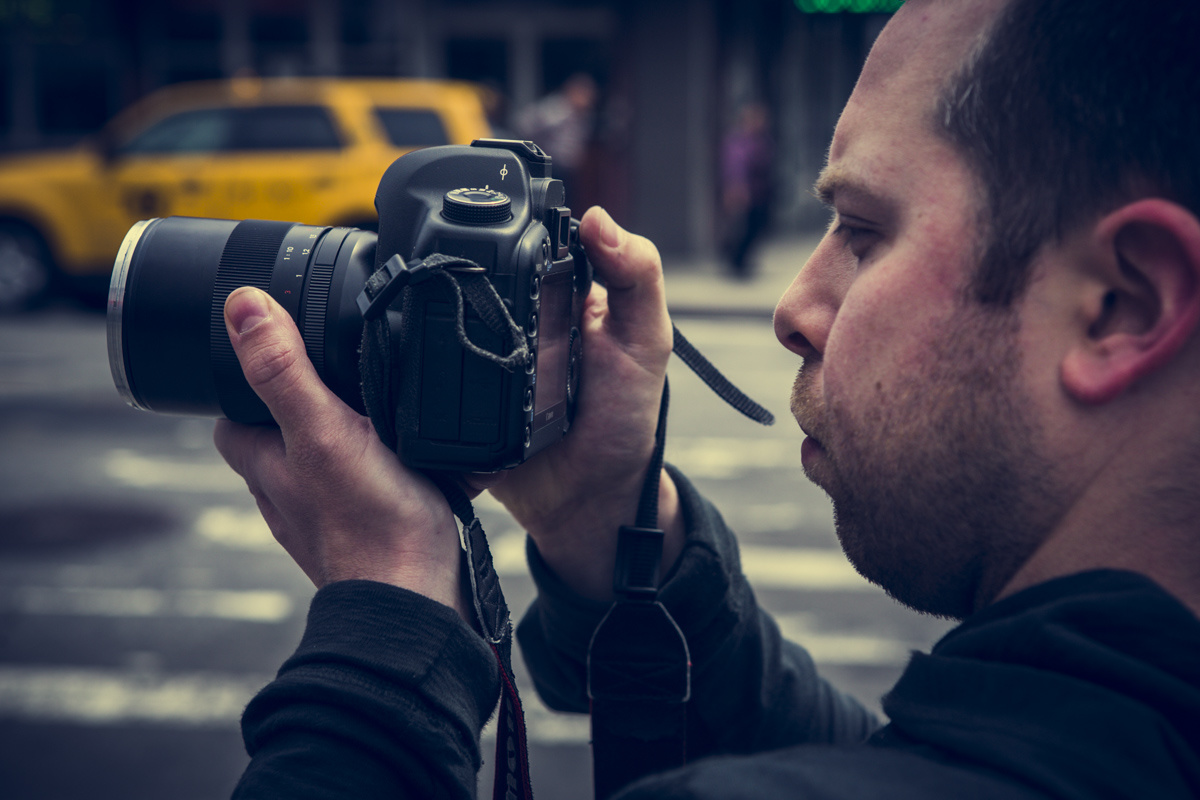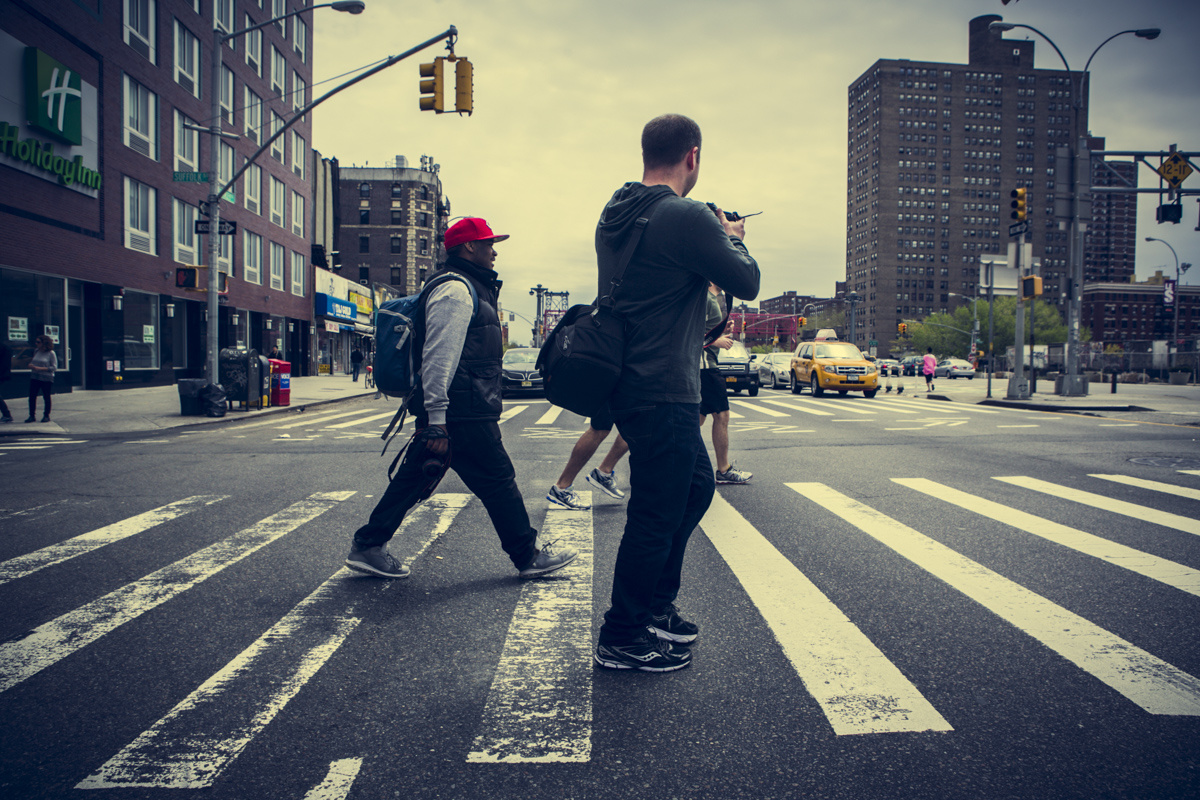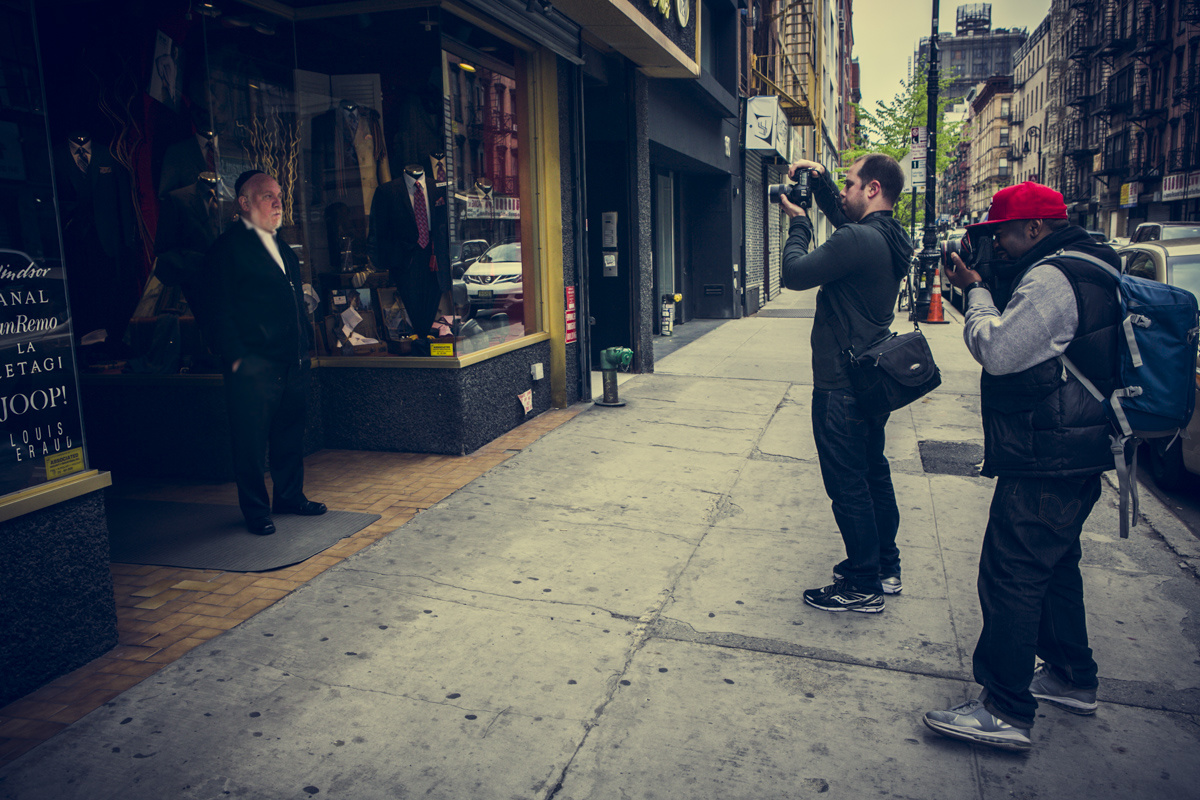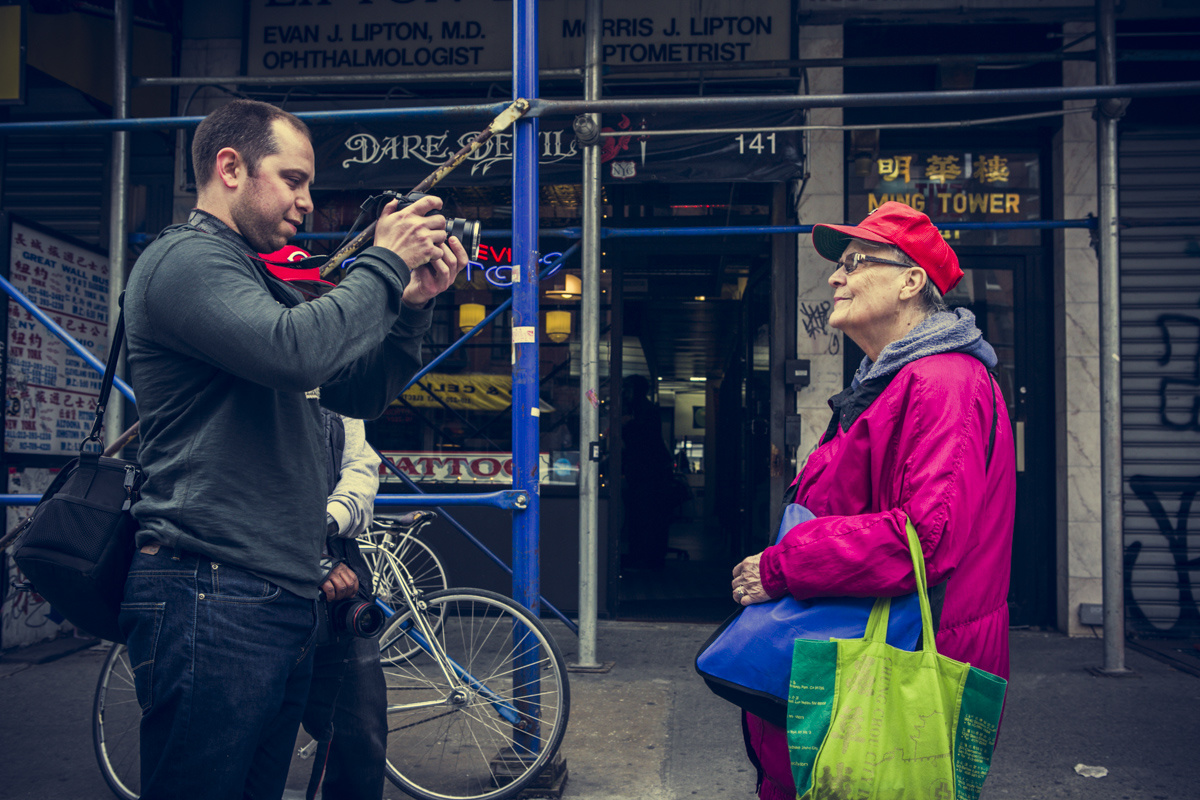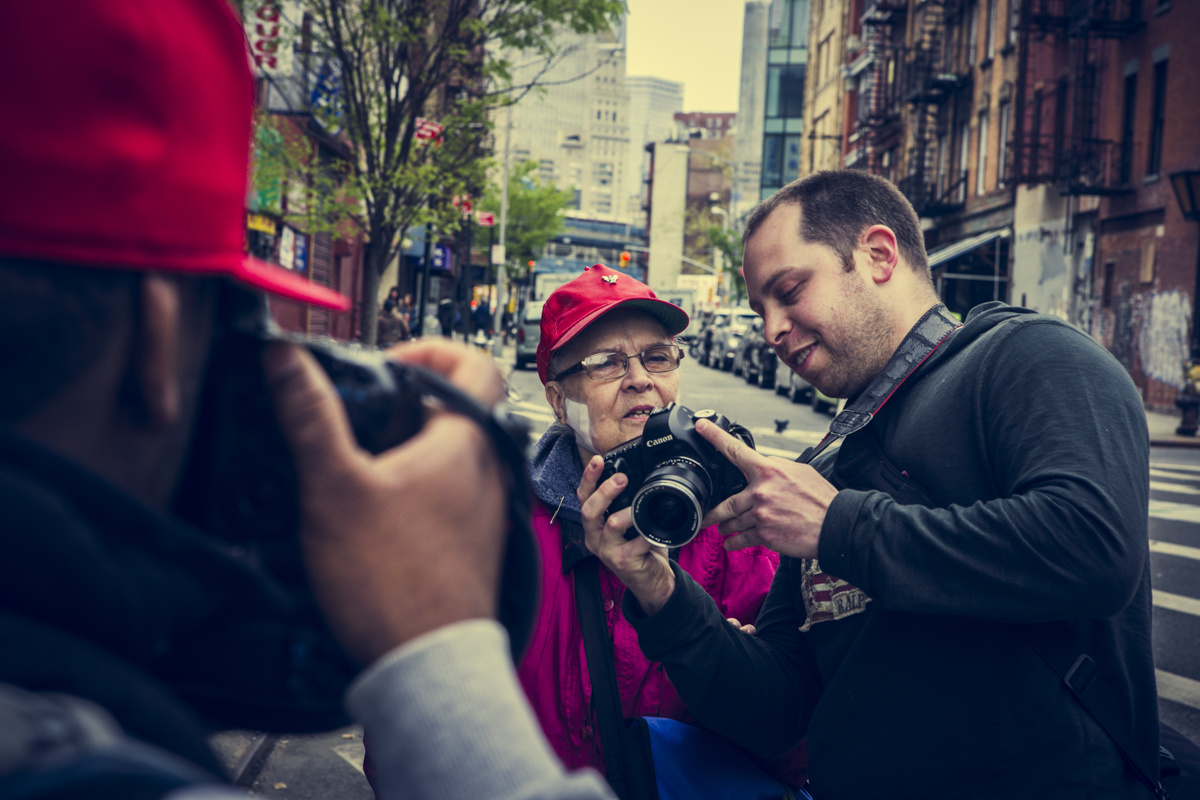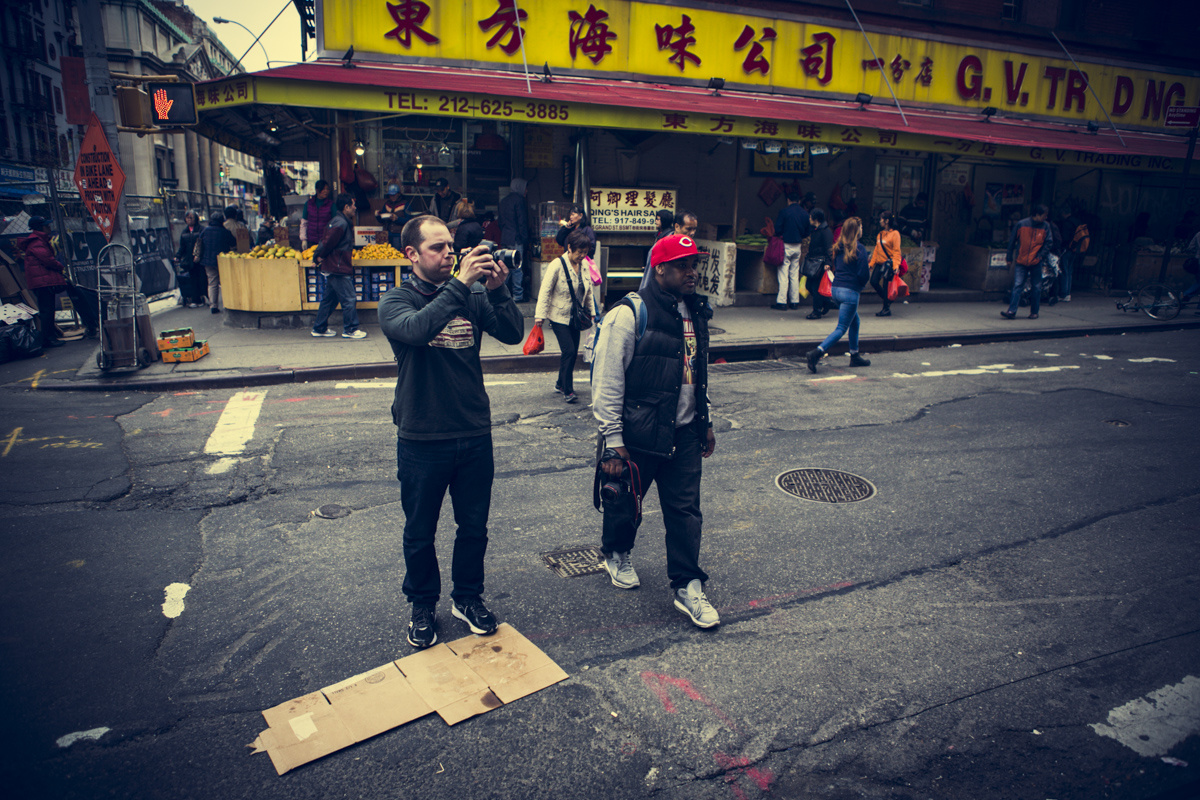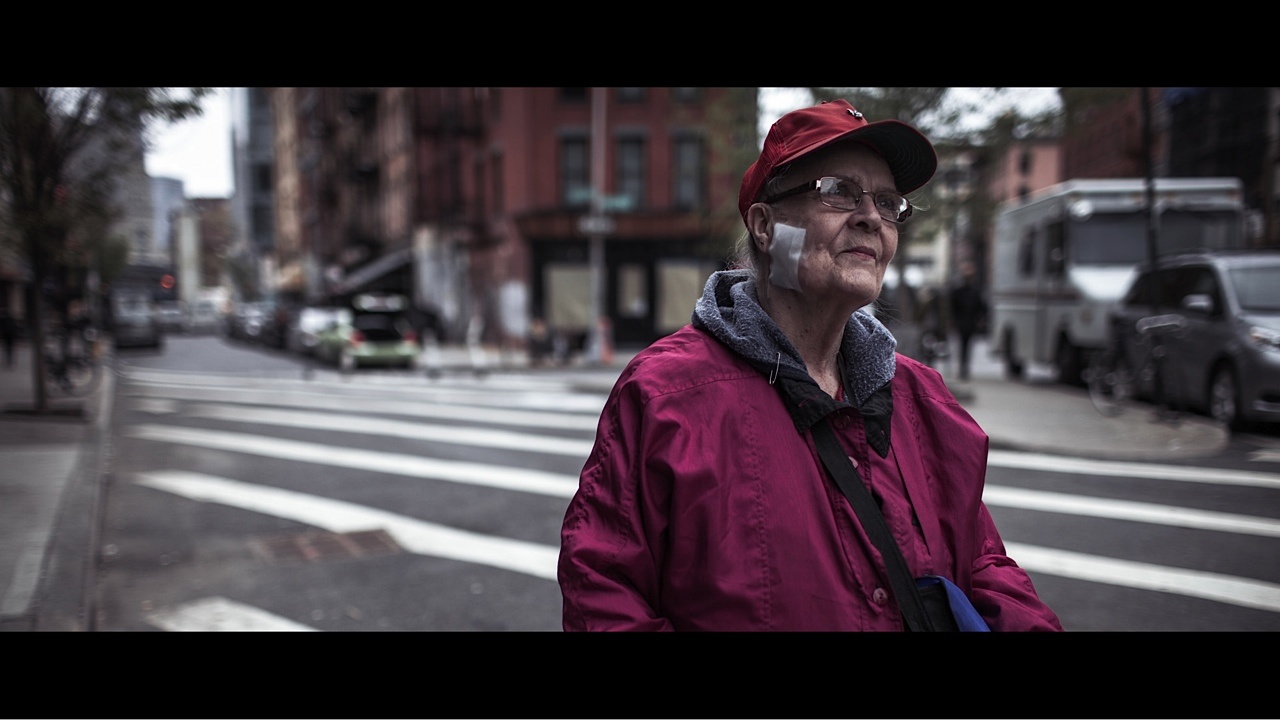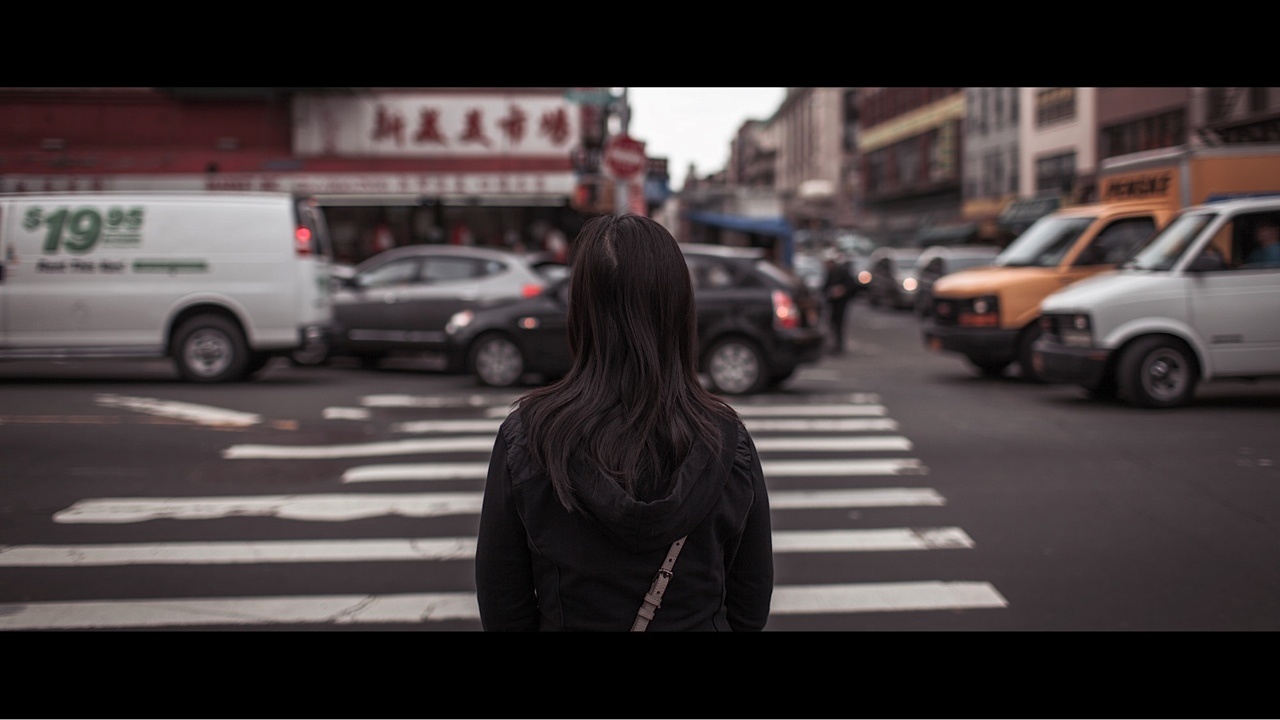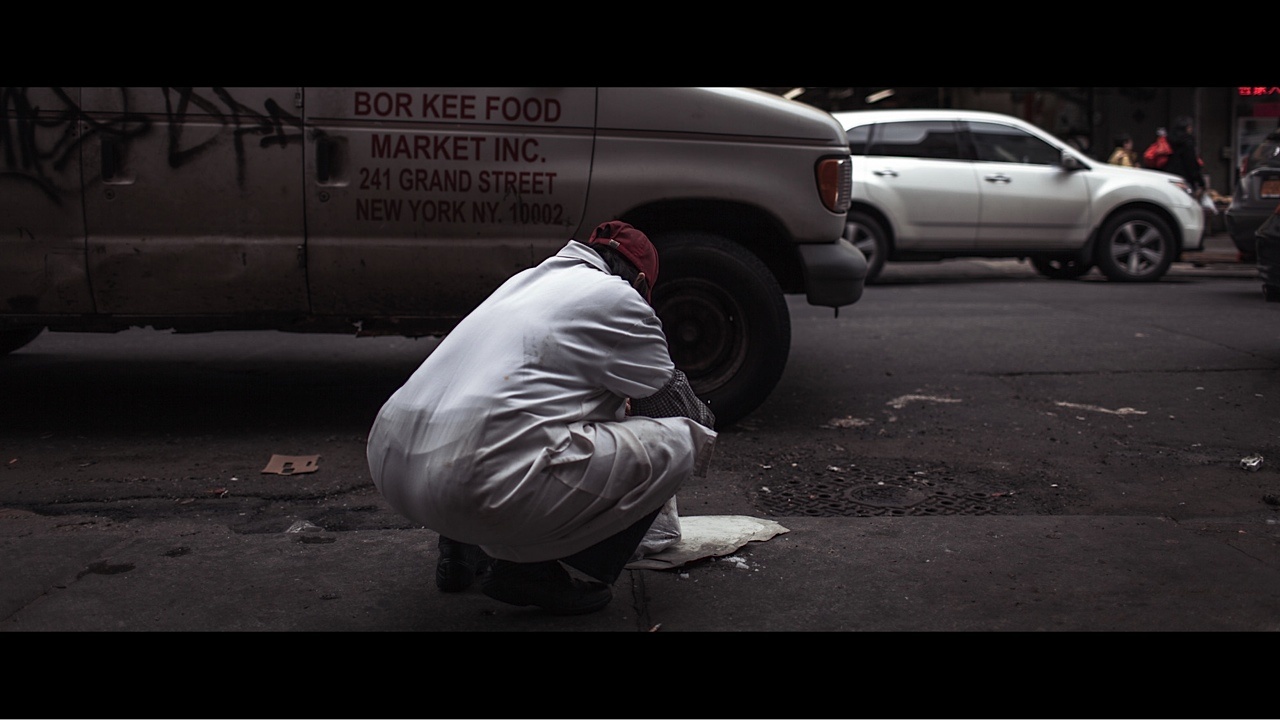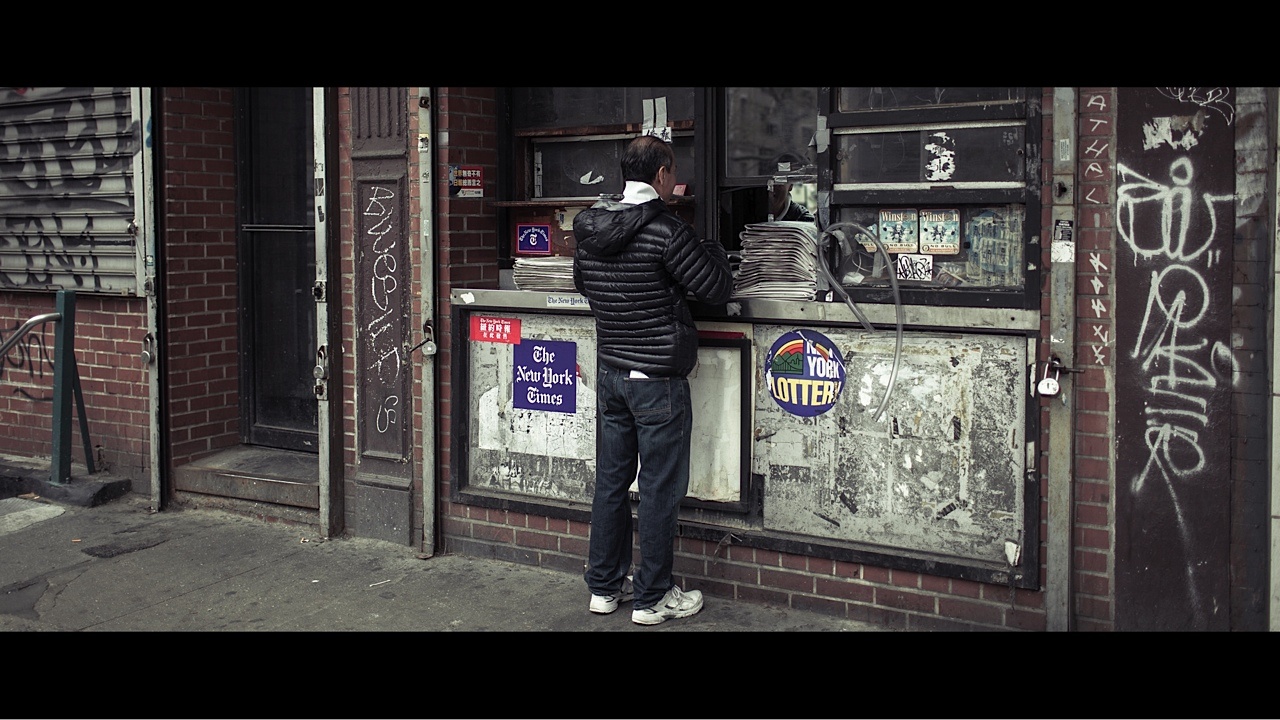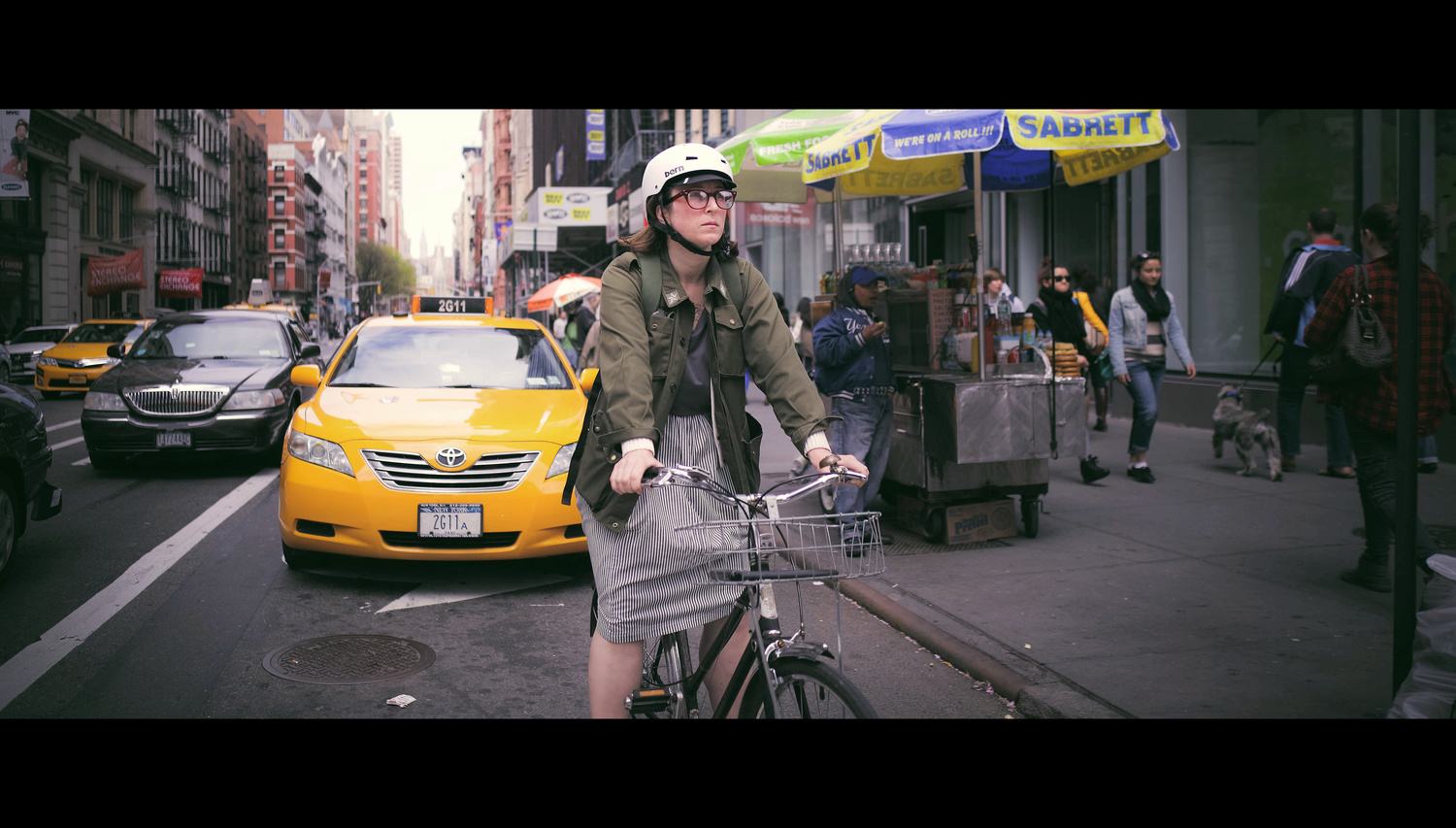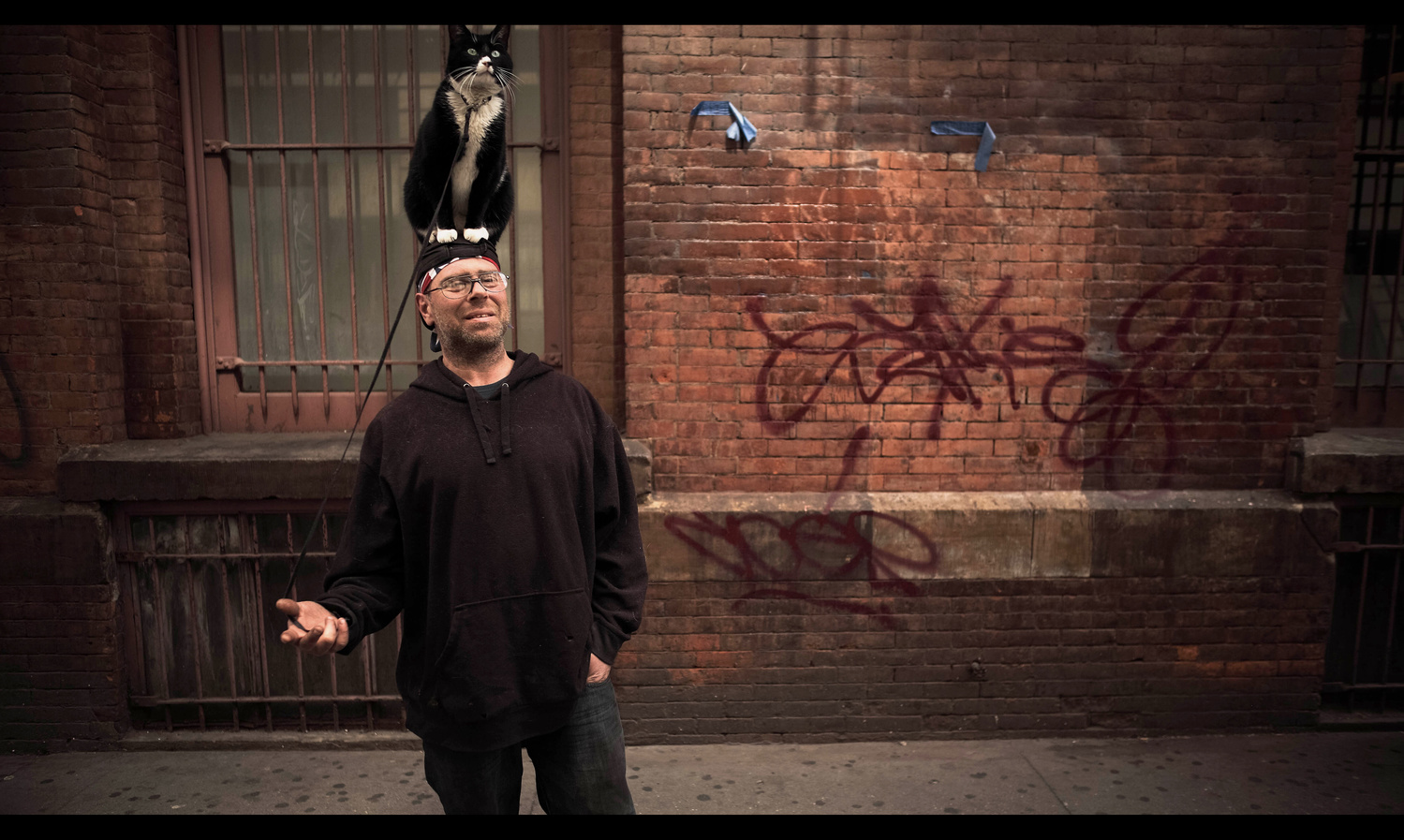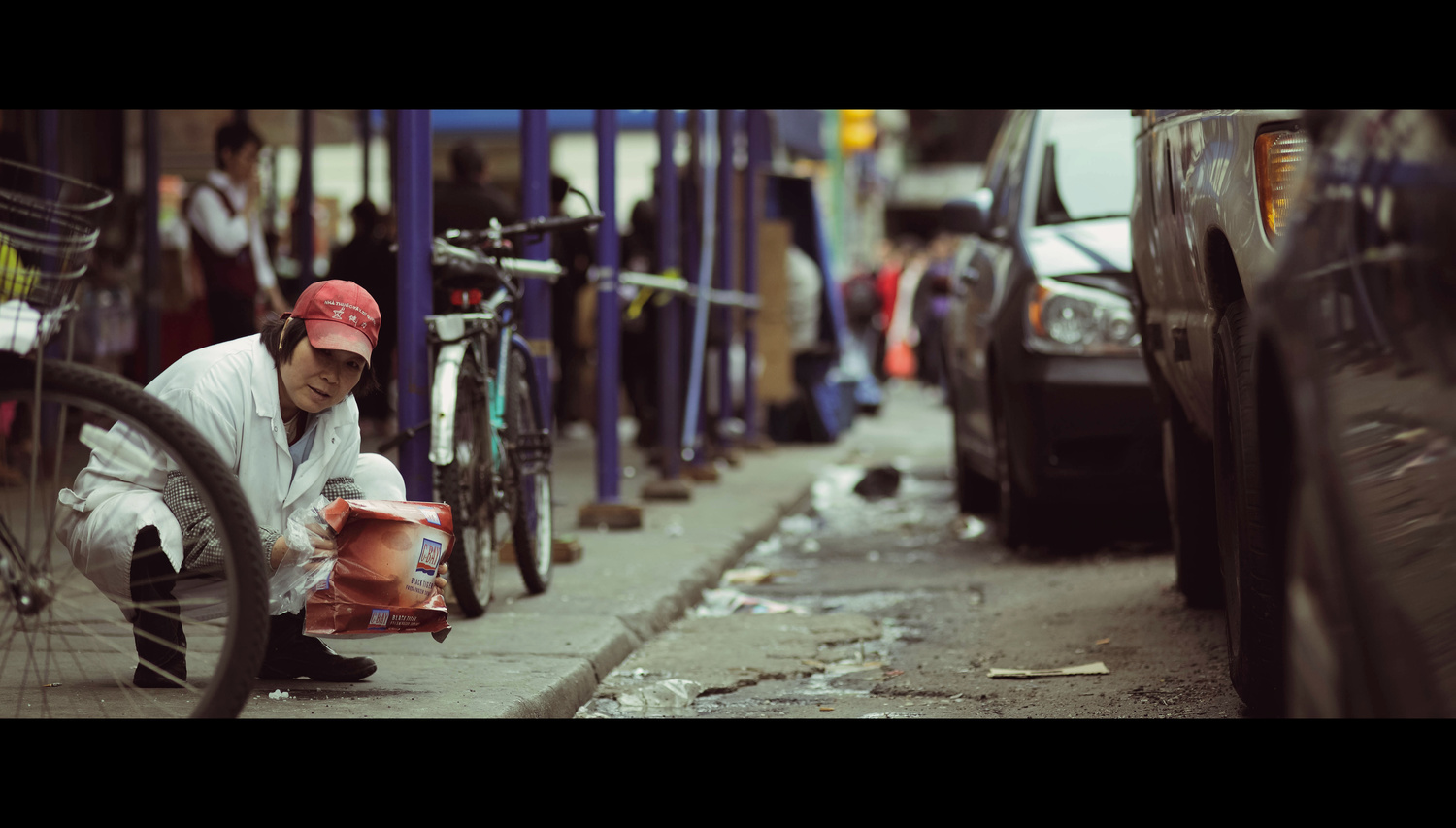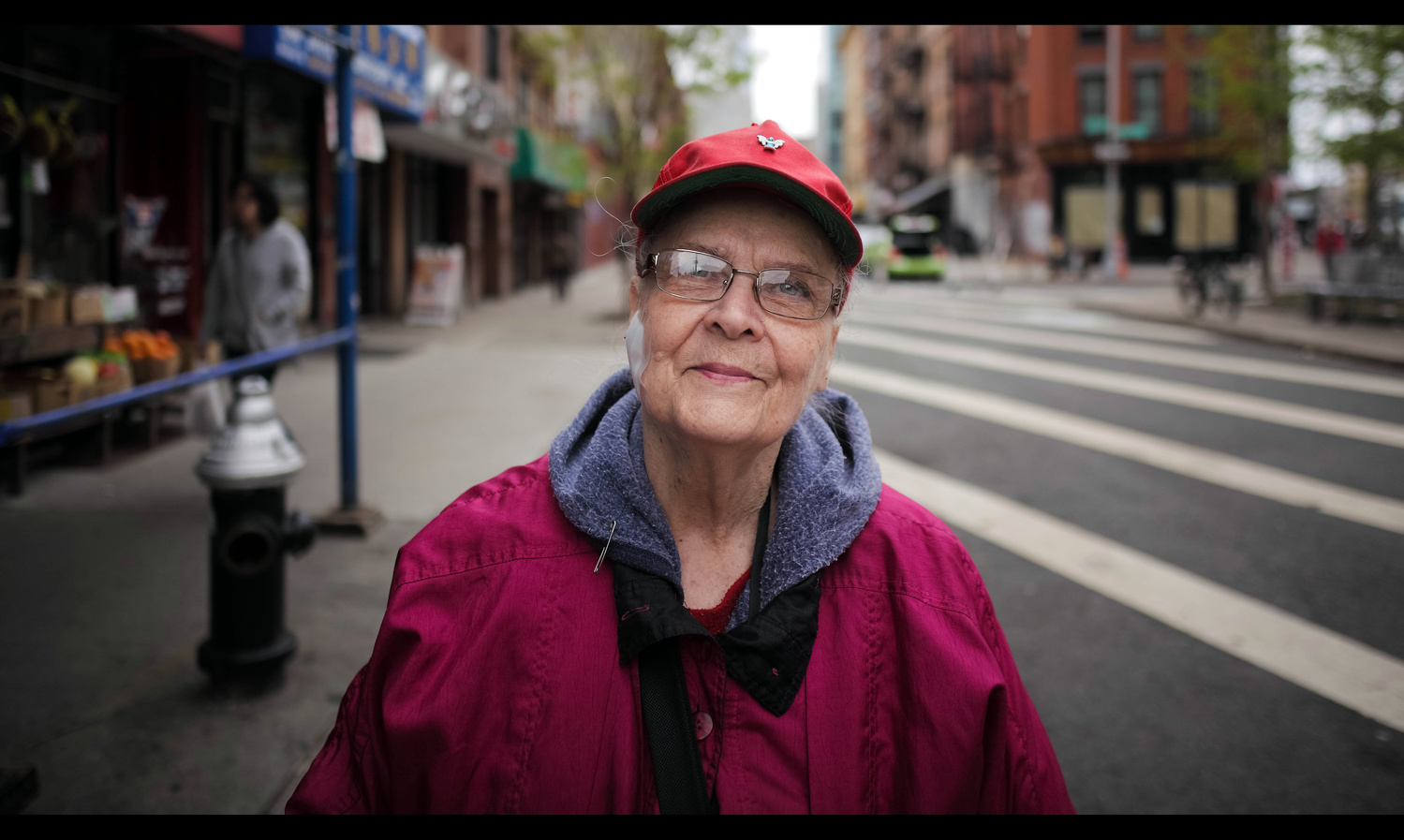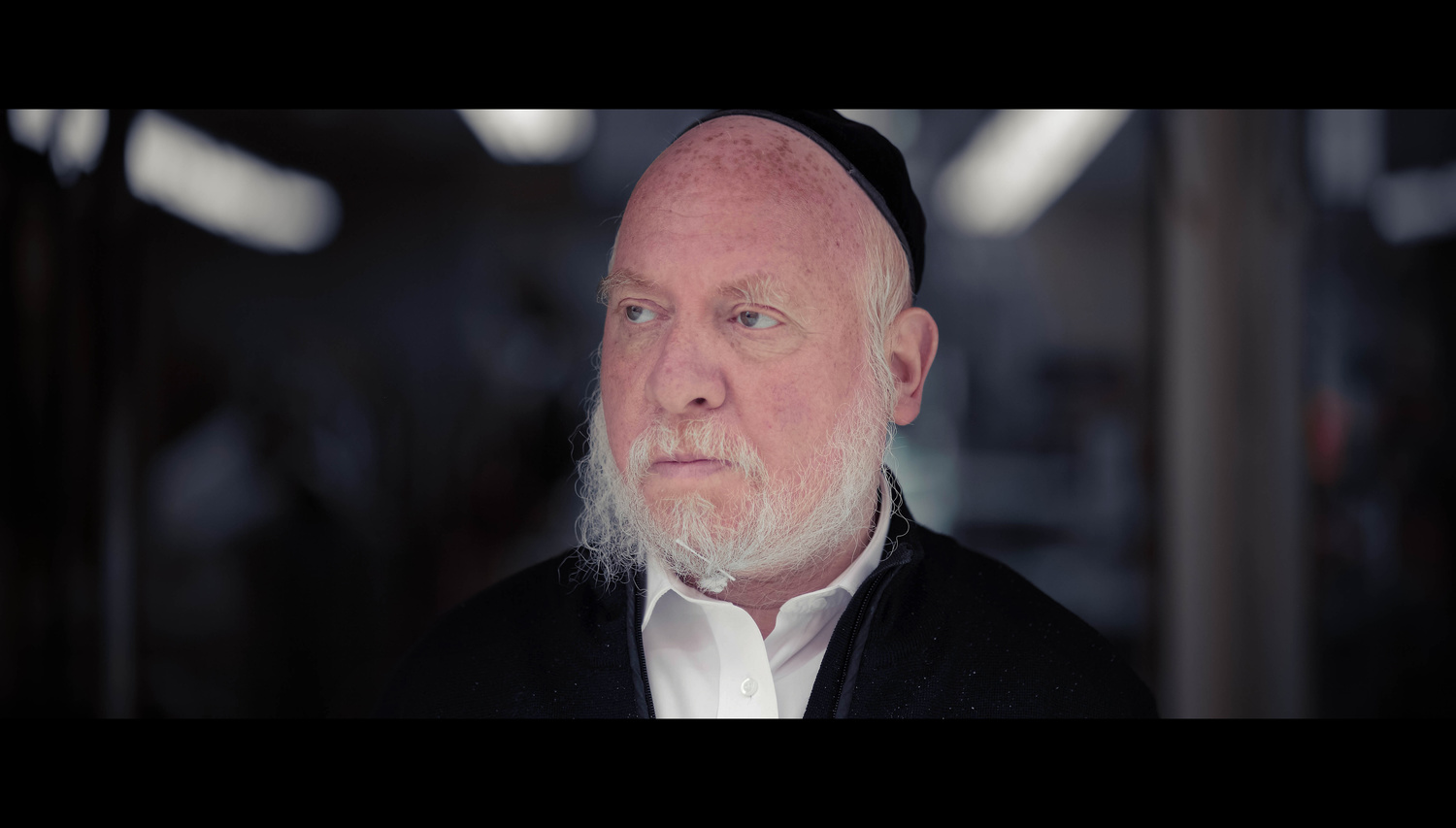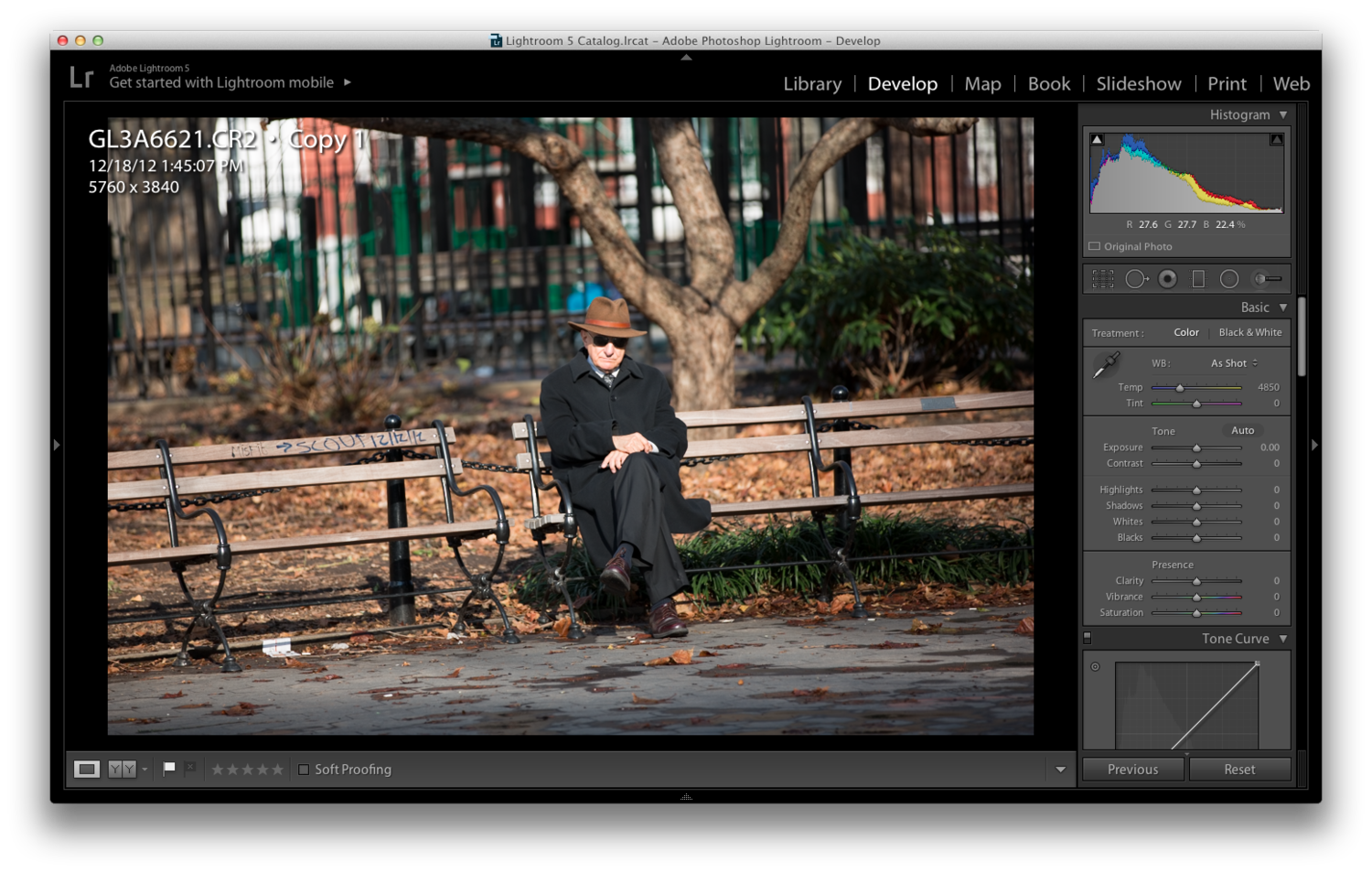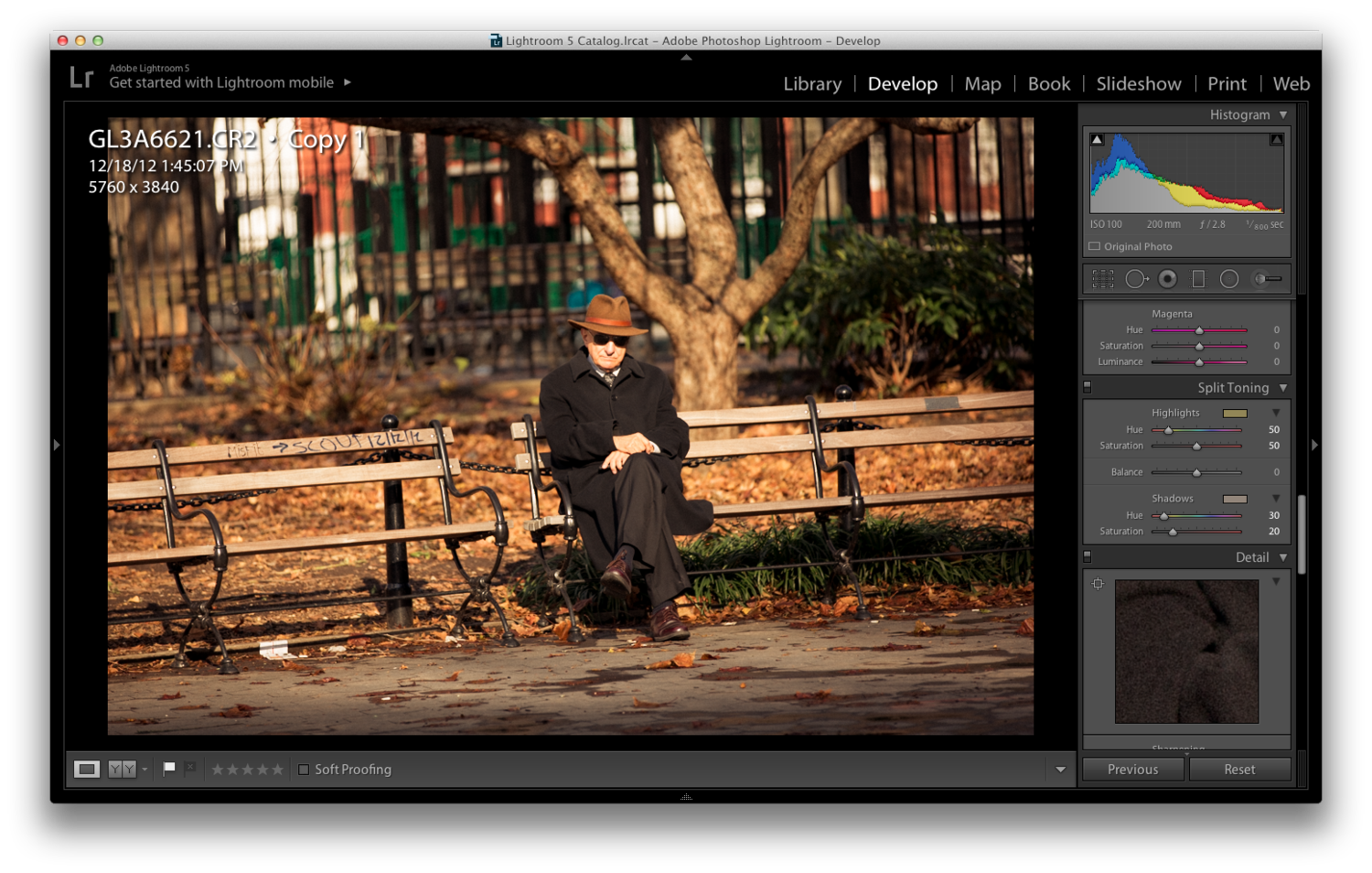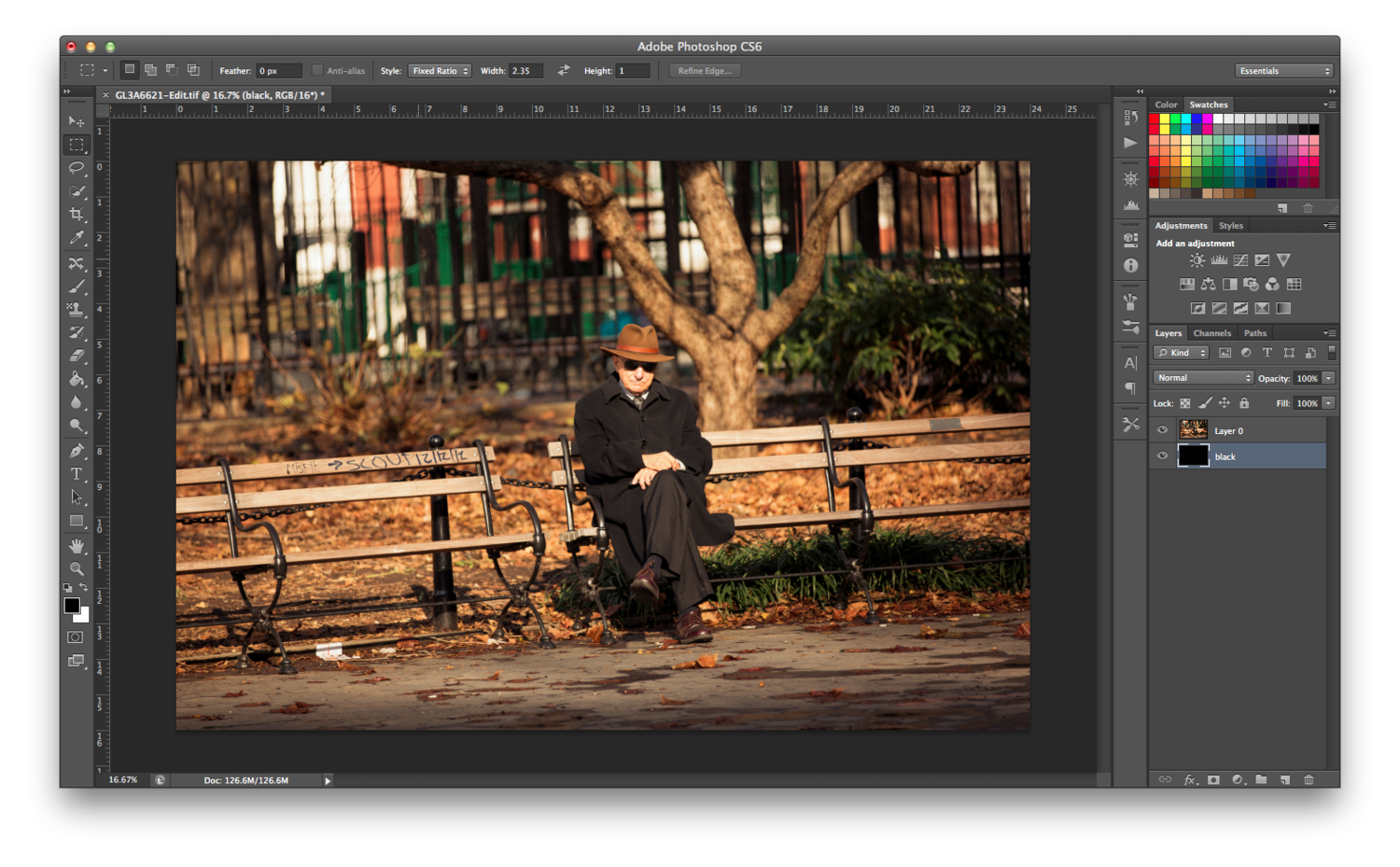Best Focal Length for Portraits
One of the most important things to consider when shooting portraits is selecting a lens with an appropriate focal length. Changing the focal length can have a dramatic impact on the look and feel of an image, so we’ll sort through some of the nuances in this article to help you decide which lens will work best for your situation.
Wide to Normal Focal Lengths (10-25mm)
Wide lenses are typically a bad choice for shooting portraits. They allow you to get close to your subject when space is limited, but they will distort your image, stretching out your model’s features.
This photo was taken with a 24mm lens at f5.6 on a full frame Canon 5D Mark III. The wide angle makes the model’s features appear wider than they actually are which is usually not flattering. Wide angle lenses should only be used for portraits when your space demands it unless you are trying to intentionally produce a distorted effect for artistic purposes.
Wide angle lenses can also diminish the potential for pleasing background bokeh because of the ample amount of depth of field they provide. Even though this photo was taken at a relatively fast aperture of f5.6, the trees in the distance are easily distinguishable. While this doesn’t pose a problem here, it would if we did not have an attractive backdrop to work with. The wide angle of view also requires that your background be quite large relative to your subject. At 24mm on a full frame camera, our field of view is rather wide at 84° (note: your field of view will be reduced to 61° if shooting with a cropped APS-C sensor.) The angle of view describes a lenses viewing capacity, while the field of view describes the maximum viewing angle of your complete camera set-up.
Throughout this article, keep an eye on how the background and foreground change in each photo as the focal length increases. All camera settings were the same in each shot, as was the exact position of the model in the field.
Short to Medium Telephoto Lenses (40-135mm)
Shooting within the short to medium telephoto range is probably the most common choice among portrait photographers. This focal range allows you to step back from your subject giving them the space they need to loosen up and feel more comfortable in front of the camera.
This photo was taken at 135mm with all other settings remaining the same as in the first example. The model is laying in the same spot as before yet the composition has changed dramatically.
Using a longer focal length required that I take a few steps back which brought more foreground into the shot. And, while the aperture is the same, we’ve achieved a much shallower depth of field. The birch trees are now framing her nicely, and the tree line in the distance has softened, making the model pop out of the scene more. This blurred effect can be particularly useful when trying to mask any unsightly elements in the background.
The other obvious improvement here is the compressed features of the model. While the wide angle lens stretched the subject’s face, a telephoto lens will appear to compress the subjects features because it has a narrower angle of view. The narrow angle of view is also responsible for making the trees appear closer to the subject.
Note: Not everyone will want to achieve the compressed effect of a telephoto lens. A documentarian for instance may prefer to shoot with a 35mm or 50mm prime lens to give a more realistic depiction of their subject, whereas a fashion photographer will generally opt for the flattering effects that compression has on a model.
Long Telephoto Lenses (135mm-300mm)
When circumstances allow, long telephoto lenses are great for shooting portraits. They require a lot of distance between you and the subject, which can be problematic in the studio but often beneficial in an outdoor setting.
In this situation the model is a comfortable fifteen feet from the camera. The camera settings are the same and the model still hasn’t moved from her spot in the grass, yet the shot has a completely different look at 200mm. On a full frame camera, a 200mm lens will reduce the angle of view down to about 12.3°. This can offer several advantages when shooting portraits.
One obvious benefit of a narrower angle of view is that its much easier to find a pleasing backdrop for your shot. Notice how much more background is exposed in the first photo—the 24mm shot—versus the portrait taken at 200mm. When taking a headshot with a 200mm lens you’ll only require a couple feet of pleasing background, meaning that you can get great shots just about anywhere.
Once again we can see the flattering effect of increased compression which is even more pronounced at 200mm. While you could reduce the distortion effect of your wide angle lens by stepping back from your subject a bit and cropping the photo in post, zooming in before the shot will spare your pixels. You will also achieve a shallower depth of field with the telephoto lens, creating a pleasing effect to both the foreground and the background. I like to incorporate a blurred foreground in portraits to create an added sense of depth. I was able to do so in this photo by laying in the grass, exposing the dandelions between the camera and subject. Another way to achieve this, is by shooting down a fence line or wall, creating a gradient of sharpness. While the model is in sharp focus in each of these shots, the contrast of soft to sharp focus at longer focal lengths calls more attention to the subject. The surroundings transform to a soft periphery of color, and the focus stays on the model.
Which Lens To Choose?
There are many good options out there for portrait lenses. What’s most important when you select a lens is that you understand the effect that distortion, compression, angle of view, and depth of field have on your image. If you’re shooting in a tight space or in low light you may decide that a very fast 35mm or 50mm prime lens is the best choice for you. A more versatile option is a 24-70mm f2.8 zoom lens. This lens works well for shooting both groups and individuals. My personal favorite however is the 70-200mm f2.8 for its beautiful bokeh and pleasing compression, particularly when zoomed all the way in. Hopefully these tips and images will help you decide the best lens for your tastes and circumstances.
.jpg)
.jpg)
.jpg)
.jpg)
.jpg)
.jpg)
.jpg)
.jpg)
.jpg)
.jpg)

